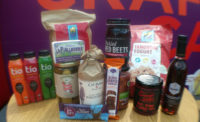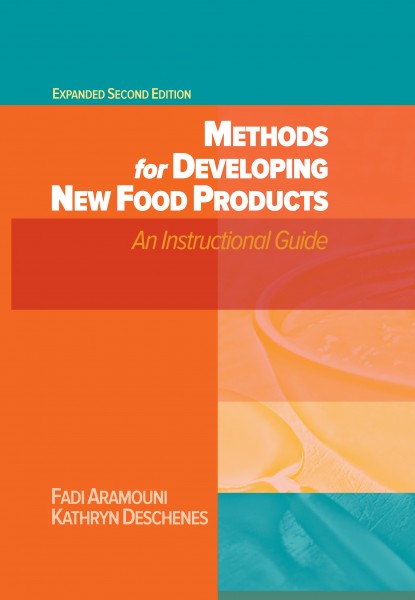Today’s food and beverage manufacturers understand the importance of food safety. The Food Safety Modernization Act has shifted from response to prevention, revolutionizing the industry and stressing food safety more than ever. Despite progress, however, there is much room for improvement.
According to a recent study examining the food safety practices of 60 public companies, there are significant food safety disclosure differences among the various companies. The report — conducted by Cornerstone Capital Group — also indicates executive compensation rarely is linked to food safety goals and there currently a lack of food safety expertise present on most food company boards.
The research highlights three areas of food safety innovation including 1) food testing and analysis; 2) supply chain technology; and 3) automation and robotics. Importantly, the analysis identifies five emerging trends that present food safety opportunities and challenges:
1. There is a growing preference for organic, antibiotic- and preservative-free, and locally sourced food in the developed world.
2. The shift toward two-earner families and busier lifestyles in developed markets and some developing markets means that fewer meals are being cooked at home.
3. Consumers are becoming increasingly aware of food safety issues, and are demanding increased transparency from companies.
4. Rising incomes in developing markets is driving growth in demand for animal protein and dairy.
5. As populations in developed markets continue to age, more people will be at risk for foodborne diseases.
The full report can be viewed here.







